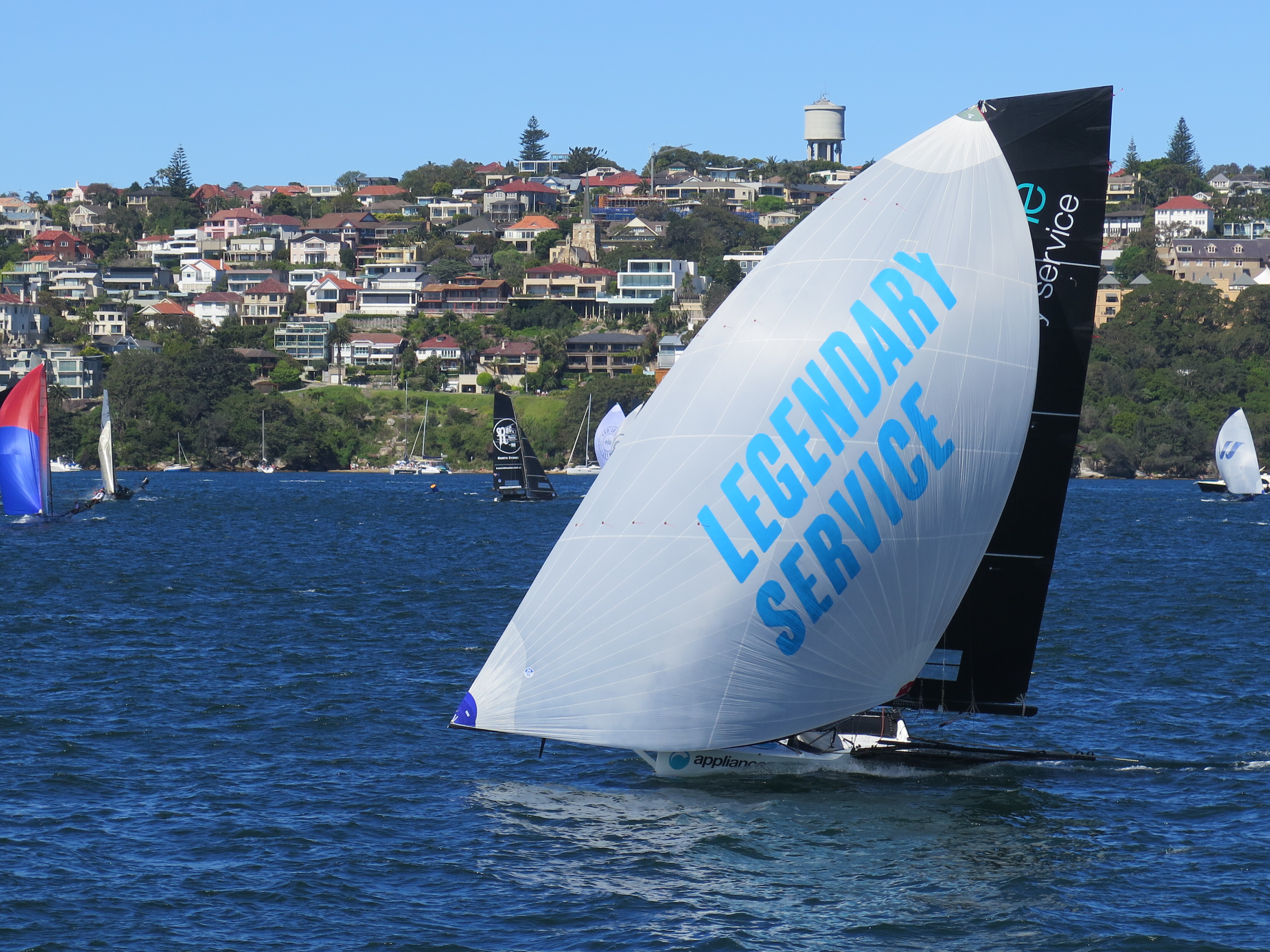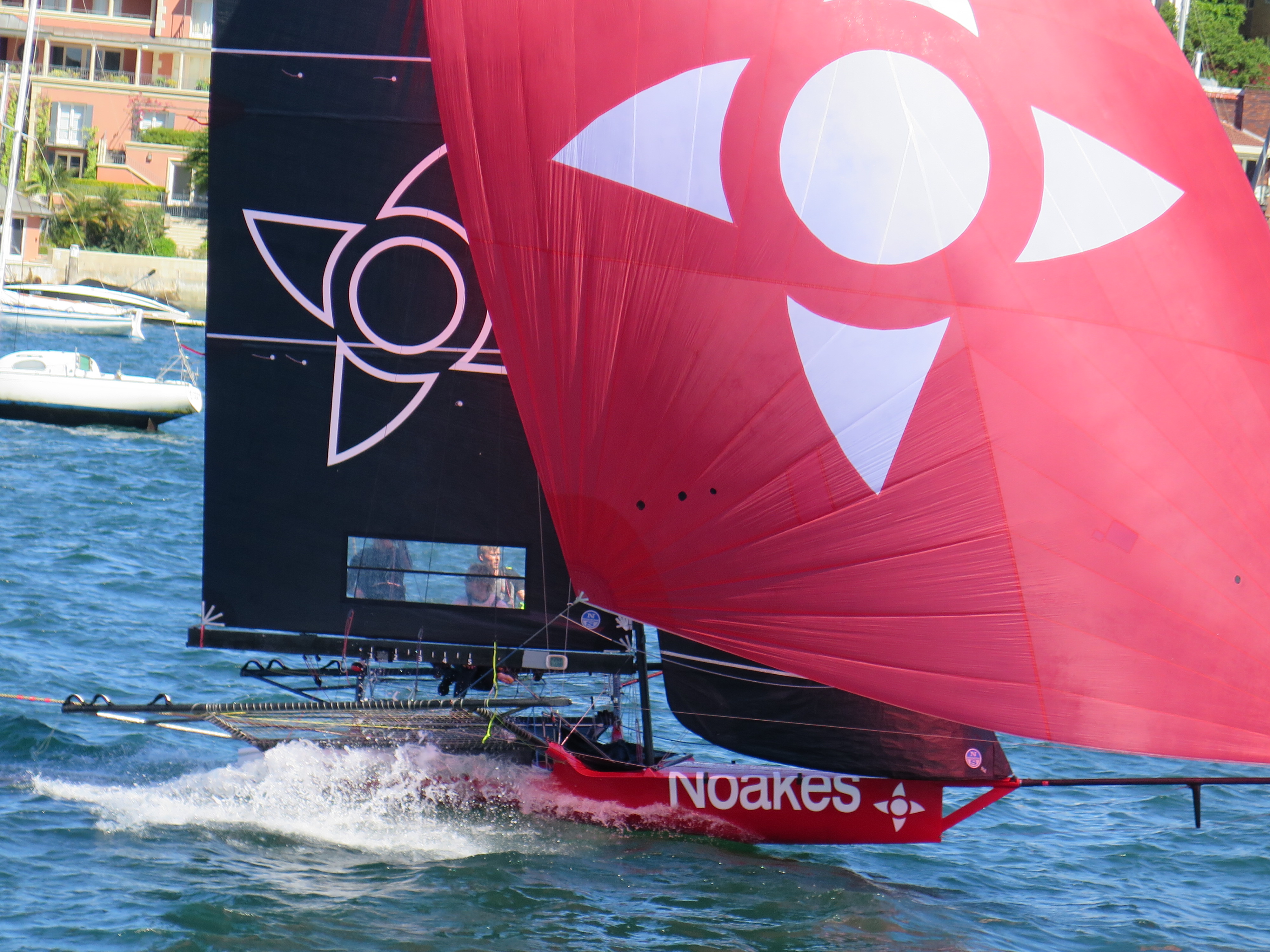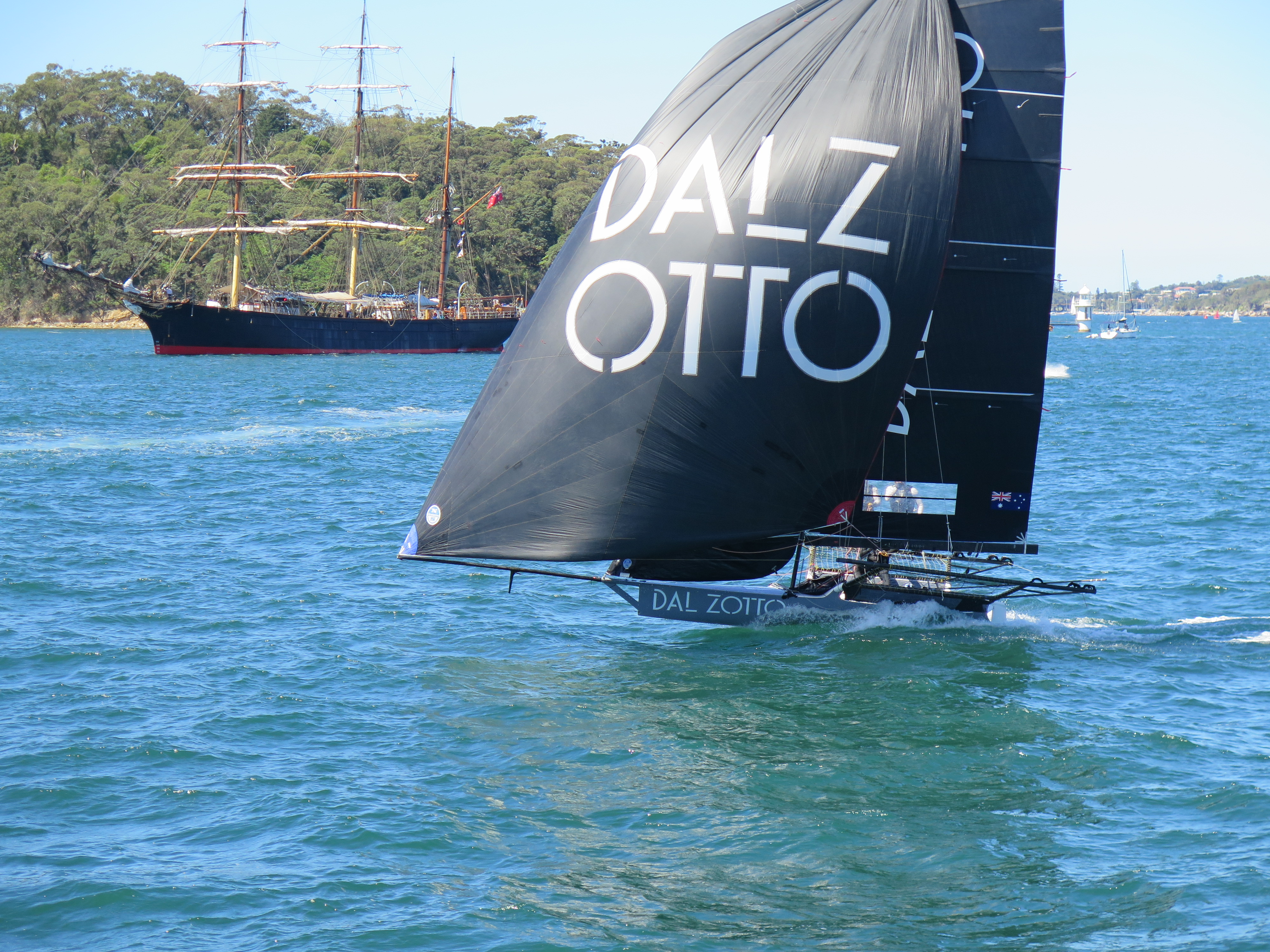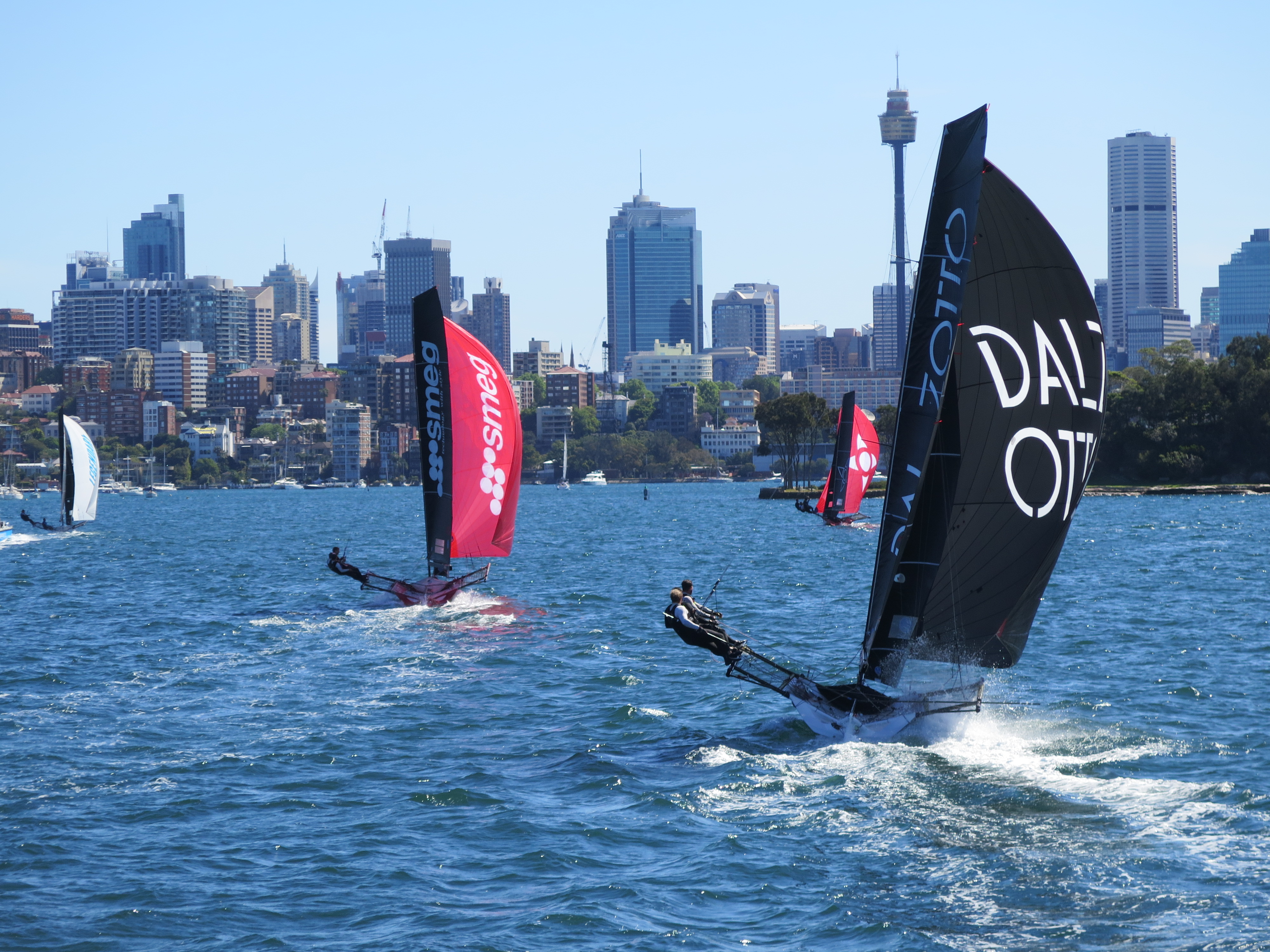Sydney has one of the great harbours in the world. It was not in fact where Captain Cook first landed. He made his landfall at Botany Bay. This was originally named Stingray Bay (we can probably guess why!), but later he crossed this out and named it Botany Bay – a reference to the unique specimens retrieved by the botanists Joseph Banks and Daniel Solander. Cook would now struggle to recognise the bay as it is the main port of Sydeny (despite being relatively shallow) and having two large runways from the airport sticking into it.
Cook never landed at Port Jackson (the correct name for Sydney Harbour, Middle Harbour, North Harbour and the Lane Cove and Parramatta Rivers) but saw it as he sailed past. However, Port Jackson was the first European settlement of Australia, so how come Captain Arthur Philip (the First Fleet Commander) knew about Port Jackson before he left England in 1787, when no European had been there? A new theory is that when the Endeavour was anchored in Botany Bay, Cook may have walked along one an ancient Aboriginal tracks connecting Botany Bay to Port Jackson (around 10km). As ever with governments, ancient and modern, the Admiralty had ordered Cook to conceal any discoveries he made which might have been strategically valuable, so he left Port Jackson out of his journal and chart. Given government ambition and obsessive secrecy, this does seem to have some credibility as a theory.
So, in the interests of researching the harbour, I took a boat trip to Double Bay today. Co-incidentally (not really!), it happened that at the same time the 18 foot skiffs were racing from Double Bay, so I headed out on the spectator ferry to watch the racing. Resisting the temptation to frequent the online bookie, I followed the race. It was called the three buoys race. This was because there were three windward marks (red, blue and white) – each one slightly further upwind and the boats rounded the marks according to their personal handicap. So, the boats with the most time (9 and 10 minutes) always rounded the red mark (the nearest) while the scratch boats always rounded the white mark (the furthest). In between the sequence was determined by their time allowance, so for example, a time allowance of 5 and 6 minutes meant round red, blue, blue for the three laps.


It was a great race. It is also streamed live from a camera boat with drone footage as well – the drone was launched directly from the camera boat by the start.
The race was won by the red Noakes boat, but there were some very close finishes and it was a great afternoon.

Meanwhile, Anne, not sharing Andy’s enthusiasm for boats went on a guided walking tour round Sydney. It started at the Town Hall and wound its way to the Rocks and beyond. Along the way there was lots of history including various detail about Governor Macquarie and his architect Greenway (a former convict).
There was a range of quirky stories. The most notable was the story of the statue of Queen Victoria and her pet dog Islay which is outside the QVB building. The statue was made in 1908 in Dublin. However, as Ireland became a republic, the statue was no longer appropriate and was put out to grass. With the refurbishment of the QVB building, the statue was brought to Sydney in 1987. The statue nearby is of her dog, Islay, begging on top of a wishing well (the proceeds from this go to the Royal Institute for Deaf and Blind Children). Since 1998 the dog will talk to you as you approach the statue. There is also a stone from Blarney Castle for people to touch and kiss (should any Australians need to kiss a blarney stone!).
Another story was about the opening of Sydney Bridge. After a nine year construction period the bridge opened in 1932. The Premier, Jack Long, who wanted to do the ‘cutting the ribbon’ part of the ceremony was pipped to the post by Francis de Groot who charged at the ribbon on his horse brandishing a sword and cutting the ribbon. Jack Long was less amused than Queen Victoria and Francis de Groot was promptly arrested. He was convicted of offensive behaviour and fined £5 after a psychiatric test proved he was sane. This verdict was reversed on appeal.
The walk was three hours in total – a great afternoon, but exhausting on the legs and the brain.
